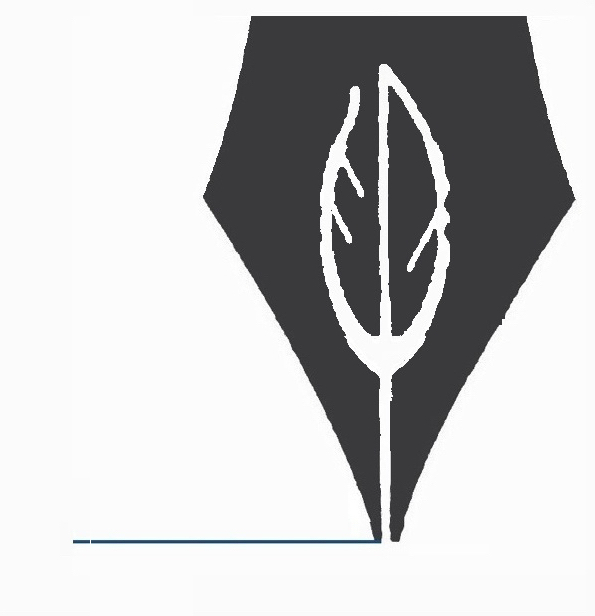Charles, Josiah, - 1828
Josiah Charles (alias Josiah Scadoab) was a member of the Mashantucket Pequot community and, later, the Brothertown Christian Indian community in upstate New York1. And while his parentage is uncertain2, it is likely that he descended from one of the prominent families and was born and raised on the reservation3. Prior to his emigration to Brothertown, Josiah was considered one of the headmen of the tribe serving as a signatory on both petitions and land sales. He had rights to a portion of the Pequot reservation, the Josiah Charles Place. The parcel continued to bear his name, years after his departure to New York and even after his death. He seems to have been part of a Mashantucket contingent that traveled back and forth from Brothertown to Mashantucket a number of times over the years. These visits may have been to reconnect with family and friends who had remained behind, but they also could have been necessary in order to maintain land rights at Mashantucket and to execute certain legal matters on behalf of the tribe.
Little is known of Josiah Charles’ early life. According to the ledgers of Ebenezer Punderson, a merchant in neighboring Preston, Connecticut, Josiah Charles worked, off and on, for several residents in Preston and Groton between 1797 and 1807. This ten-year period was one that included several significant events for Josiah, personally, as well as for the larger Pequot community.
The turn of the nineteenth century saw a number of modest land sales authorized by an act of the Connecticut General Assembly. In November of 1800 and later in May of 1801, Josiah Charles Scadoab, together with fellow Pequots, Benjamin Charles, Benjamin George, James Sunsamon, James Boney, and Joseph Quocheats sold, on behalf of the tribe, in three transactions, a total of 60 acres of tribal land, a 3 acres parcel to Peter Williams and 57 acres to the Town of Groton. The proceeds from these sales were used to settle debts levied against the Tribe for the cost of a 1793 survey of the tribal lands. The survey more firmly established the boundaries of the reservation and brought to resolution an ongoing land dispute, stemming from what the Tribe considered to be an illegal land sale nearly thirty years earlier.
At some point during this time, Josiah and others in the Mashantucket community, committed to participating in the Brothertown Christian Indian movement. It’s unclear when he made his first trip to Oneida Country, but by July 1804 he had been granted, by the Brothertown Superintendents, lot number 102, a fifty-acre parcel of land. At the same time, kinsmen John Mason Simons received nearby lots 107 and 108, consisting of just over 100 acres, John Mason’s father, Immanuel, was granted lot 111 containing 59 ½ acres, and Felix Deshon received lot 113, a 74-acre lot.
By 1807 Josiah had married and started a family at Brothertown. His wife, Jerusha Peters, was the daughter of a Montauk man, George Peters, and Eunice Wimpey from Tunxis. Jerusha was apparently much younger than Josiah having been born ca. 1790 when Josiah was ostensibly already a teenager or young adult4. The couple had at least one daughter, Eunice (1807- 1886).
In May of 1811 both Josiah Charles and John Mason Simons appear to have returned to Mashantucket. For at least part of the time, they stayed with the overseer Samuel Mott and there they endorsed a petition to the Connecticut General Assembly, along with Mott, requesting that he remain as overseer for one more year prior to retiring, so that he might bring a new overseer, Asa Bellows, up to speed5. These journeys between Brothertown and Mashantucket were no small endeavor and, depending on the circumstances, may have lasted many months. It’s unclear how long the pair remained in Connecticut.
By August of 1820 Josiah Charles had again returned to Mashantucket, this time with Esther Sampson, one of the adult daughters of his friend and travel partner, John Mason Simons. It is possible that Simon’s health may have prevented him from making the journey6. From August 1820 to August of 1825 Josiah appeared periodically in the records of the State appointed overseer as receiving cash payments and cloth, as was his right, suggesting that he may have remained there for five years. His name was also included on a list of Pequot individuals and submitted to the New London County Court in March of 1825.
Josiah Charles died in Brothertown, New York around 1828.
Brown and Rose, Black Roots, 73; Groton Land Records, Vol.14, p.165-166; Love, Samson Occom and the Christian Indians of New England, 338, 341, 361; Thomas Dean Papers, 1796-1844, Account Book, State Historical Society at Madison; Papers of Guy Johnson, Bound Volume, Hamilton College, https://brothertowncitizen.files.wordpress.com/2017/03/christians-copy-spe-bro-vo2.pdf;
Sources for this biography also come from the Related Digital Heritage Items listed below.
- 1. See Ronald H. Lambert, Sr. (Brothertown Indian Nation), A History of the Brothertown Indians of Wisconsin (AuthorHouse, 2010); William DeLoss Love, Samson Occom and the Christian Indians of New England (The Pilgrim Press, 1899); David J. Silverman, Red Brethren: The Brothertown and Stockbridge Indians and the Problem of Race in Early America (Cornell University Press, 2010)
- 2. Joseph Charles Scadoab may have been his father.
- 3. Depending on his birth date, he may have been one of the many Scadoab children noted by Isaac Smith in March of 1762 or amongst the eighty-eight children recorded by Rev. Jacob Johnson four year later in the early summer of 1766.
- 4. It is possible that this was a second marriage.
- 5. The General Assembly selected Ebenezer Morgan, rather than Asa Bellows, as a replacement.
- 6. John Mason Simons died in 1822.
Alias(es)
Josiah Scadaub
Died:
c. 1828Tribes
Ethnicity
